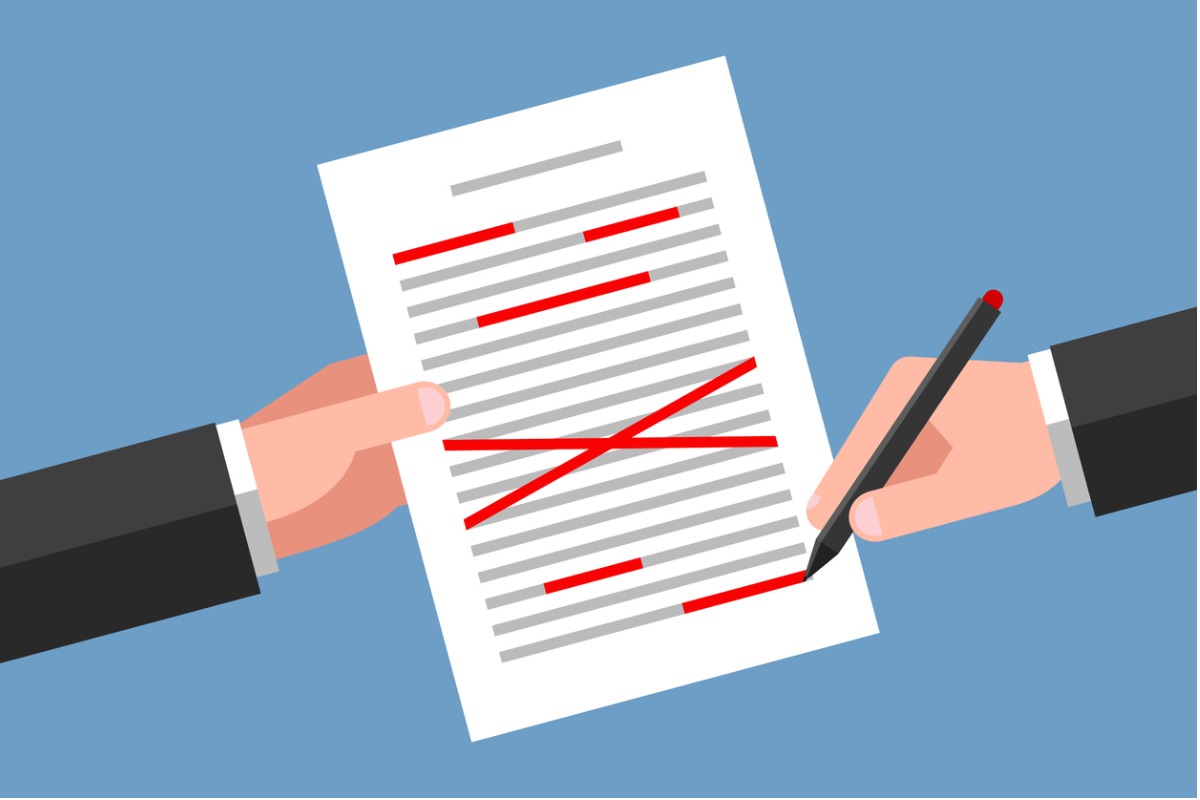January 23, 2023 — President Biden signed the Setting Every Community Up for Retirement Enhancement 2.0 Act (SECURE 2.0) on December 29, 2022, to increase retirement readiness for Americans. Over the year, there was much deliberation over what would be in the final bill, but the ultimate goal is to help more Americans save for their retirement. You may ask, “What exactly does this mean for me?”.
Here are some key retirement savings provisions of the bill:
Changes for Required Minimum Distributions (RMD)
- The age to start taking RMDs increases to age 73 in 2023 and to 75 in 2033.
- The penalty for failing to take an RMD is reduced from 50% to 25%.
- Beginning in 2024, Roth 401(k)s are exempt from RMD.
Higher catch-up contributions
- The catch-up contribution limit for 2023 increased to $7,500 ($6,500 in 2022).
- Beginning in 2024, the catch-up limit for individual retirement accounts (IRA) will raise each year based on cost-of-living changes for individuals at least 50 years old.
- Beginning in 2025, individuals between the ages of 60 to 63 are allowed a special catch-up contribution of up to $10,000.
401(k) and 403(b) plan automatic enrollment for new plans only
- Businesses are required to automatically enroll employees in the plan at a rate of at least 3%.
- The plan requires annual contribution increases of 1% up to at least 10%.
- Employees will still have the option to opt out of the plan.
Other Key Provisions:
- Part-time employees who have worked at least 500 hours over two consecutive years will be eligible for their employer’s retirement plan starting in 2025, which changed from the previous three-year threshold.
- Beginning in 2024, employers are allowed to match employees’ student loan payments with contributions to the company’s retirement plan.
- 403(b) plans can participate in multiple employer plans and pooled employer plans beginning in 2023.
- Effective for taxable years beginning after December 31, 2022, changes to the credit for small employer pension startup costs are modified to increase the credit from 50% to 100% of administrative costs.
- That Act will allow for tax and penalty-free rollovers from 529 plan assets to Roth IRAs, under certain conditions.
- For distributions made after December 31, 2023, the dollar limit for mandatory distributions will be increased from balances between $1,000 and $5,000 to balances between $5,000 and $7,000.
- Employers may rely on self-certification of hardship from employees under certain circumstances.
- Effective the date of enactment of the Act, employers are allowed to provide participants with the option of receiving matching contributions on a Roth basis rather than only a pre-tax basis.
The above list is only a portion of the provisions included in the new SECURE 2.0 Act. For more information on these retirement savings provisions, contact your plan administrator. To see how these changes may impact your retirement plan future reach out to your trusted HBE advisor.




